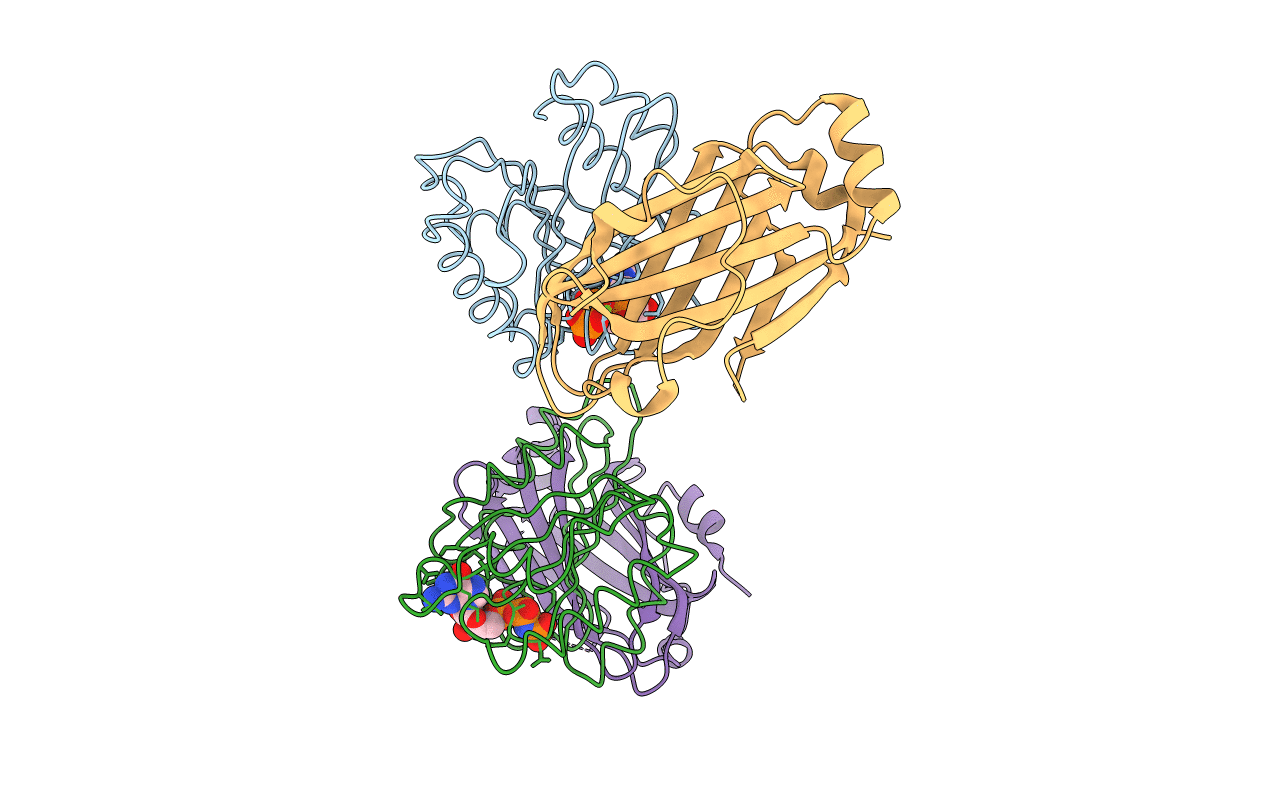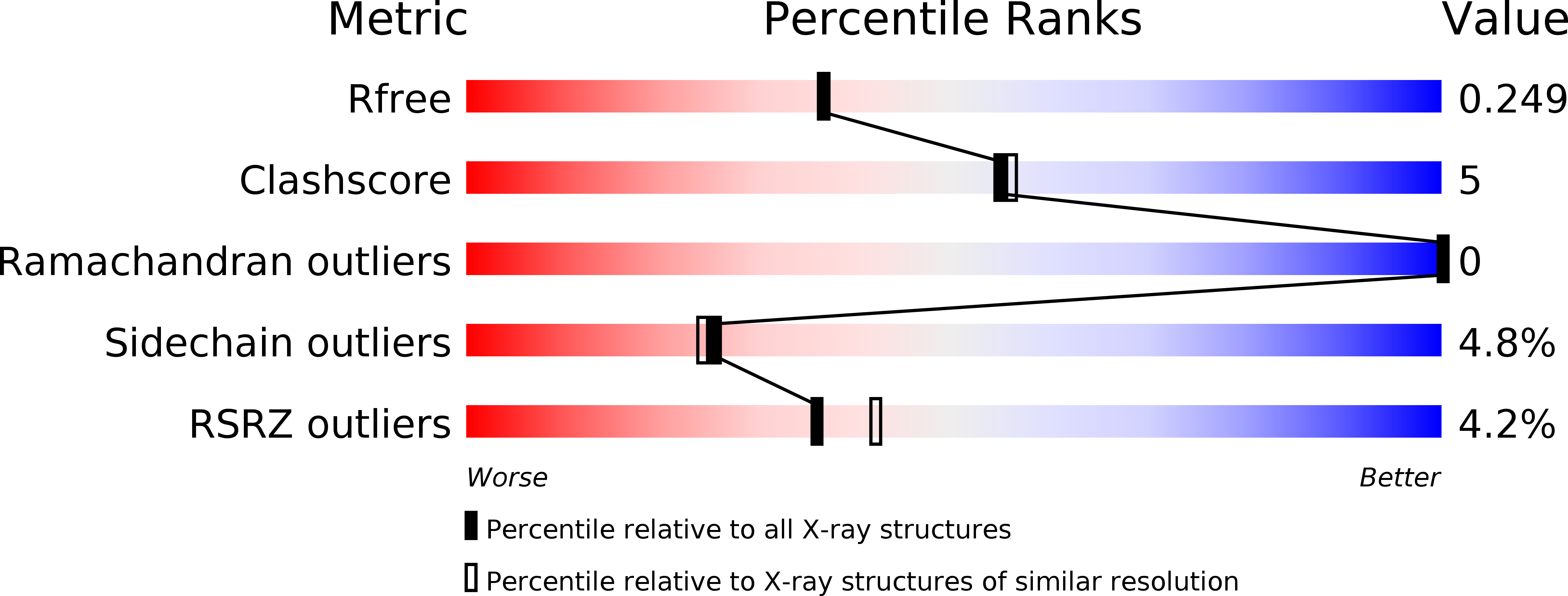
Deposition Date
2012-08-20
Release Date
2012-09-19
Last Version Date
2023-09-13
Entry Detail
PDB ID:
4GOJ
Keywords:
Title:
The Crystal Structure of full length Arl3GppNHp in complex with UNC119a
Biological Source:
Source Organism:
Mus musculus (Taxon ID: 10090)
Homo sapiens (Taxon ID: 9606)
Homo sapiens (Taxon ID: 9606)
Host Organism:
Method Details:
Experimental Method:
Resolution:
2.10 Å
R-Value Free:
0.24
R-Value Work:
0.21
R-Value Observed:
0.21
Space Group:
P 21 21 21


